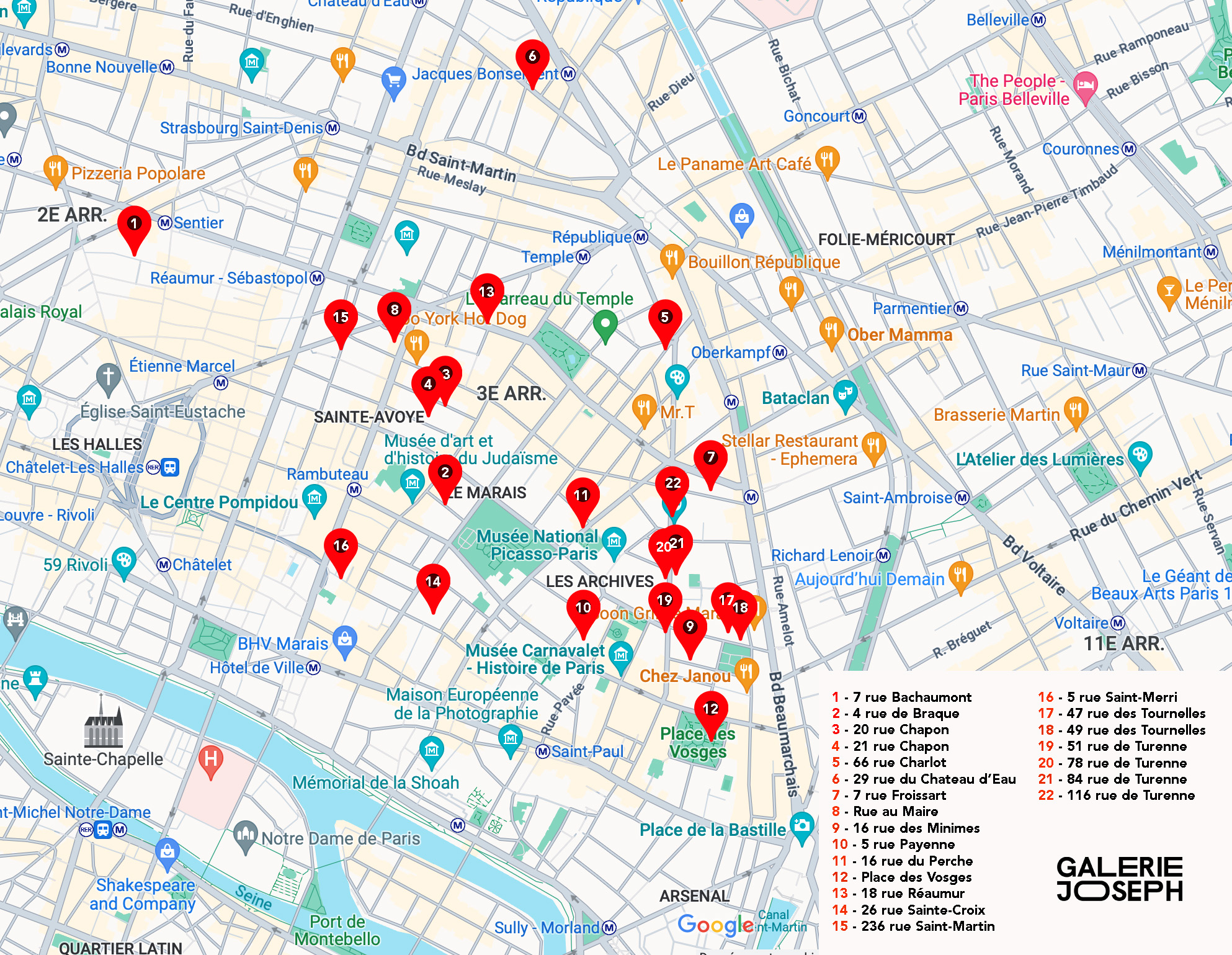
Artiste, designer, entrepreneur...
Une remise à calèche, une fabrique de pansements pendant la guerre, la forge d’un ferronnier et même un abattoir : les emplacements de la vingtaine de Galeries Joseph réparties dans le Marais est un répertoire des métiers historiques du quartier, aujourd’hui disparus. Cette collection unique de lieux de caractère est désormais dédiée à l’art et au design. Michael Timsit, leur propriétaire, est passionné d’art, de design et de life-style. En plus d’accueillir des créateurs dans ses espaces tout au long de l’année, il édite un magazine digital, Acumen, dédié à la Culture, aux tendances, à la création au sens large, voyage, design, gastronomie, architecture… Proches les uns des autres, parsemés tout autour du 3ème arrondissement, les lieux peuvent fonctionner en réseau, comme une foire d’exposition qui aurait pour décor le plus ancien quartier historique de Paris. « Je choisis mes galeries toujours selon les mêmes critères, explique Michael Timsit : le volume, la hauteur sous plafond, la luminosité, la personnalité et l’originalité. Et enfin, le meilleur emplacement. » Les murs sont repeints en blanc, les parquets restaurés, les escaliers anciens, conservés. C’est la « patte » Joseph, que le local fasse 30 mètres carrés ou 1200. Un décor authentique, mais assez neutre pour s’effacer derrière son contenu.
Chaque galerie vous propose un univers exclusif, idéalement conçu pour accueillir toute présentation quelle qu’en soit sa nature : design, mode, art… La galerie est reconnue pour faire découvrir les dernières tendances et les nouveaux talents du moment.
LA RÉFÉRENCE EN LOCATION DE SALLES
